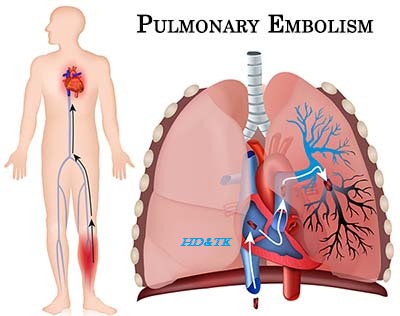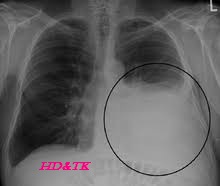FNAC of Salivary Gland Tumors
Fine Needle Aspiration Cytology (FNAC)
of Salivary Gland Tumors
Introduction:
Salivary gland neoplasms though
relatively uncommon are by no means rare, accounting for 3 % of all head and
neck tumors. Distribution wise 80% of the tumors occur in parotid gland, 15% in
submandibular gland and less than 1% in sublingual glands. The World Health
Organization (WHO) has classified the tumors of salivary gland as primary or
secondary, malignant or benign and by the tissue of origin. The five broad –
categories of salivary gland tumors are: Malignant tumors: e.g. Mucoepidermoid
Carcinoma, Acinic cell Carcinoma and Adenoid Cystic Carcinoma, Benign tumors:
e.g. Pleomorphic Adenoma, Warthin’s tumor, Myoepithelioma, Soft Tissue tumors:
e.g. Hemangioma, Hematolymphoid tumors: e.g. Hodgkin’s Lymphoma & Secondary
tumors. Of the malignant tumors Mucoepidermoid Carcinoma is the most common
neoplasm occurring most frequently in the parotid gland. Exposure to radiation
has been thought to play or role in the development. Adenoid Cystic Carcinoma
is the second most frequently encountered malignant tumor of salivary gland.
Several methods have been developed for
the screening of salivary gland tumors. The method which has gains immense
popularity amongst these in fine needle aspiration cytology (FNAC). It is a quick and reliable method of
evaluating salivary gland lesions. It is minimally invasive, easy to perform
and carries virtually no risks of complications except for mild irritation at
the site of FNAC.
Diagnosis on FNAC can be difficult, as
cytologist picture of different neoplasms show overlapping features so it
requires a lot of expertise and experience. It is now used extensively for
pre-operative evaluation of the salivary gland tumors and for formulating a
suitable treatment plan. The FNAC is used to differentiate between malignant,
benign and inflammatory lesions.
Discussion:
In the study of salivary gland tumors
were observed in all age groups. However surprisingly diagnosed a malignant
tumor in a 45 days old female patients and 40 to 50 days old male
patients.



Comments
Post a Comment